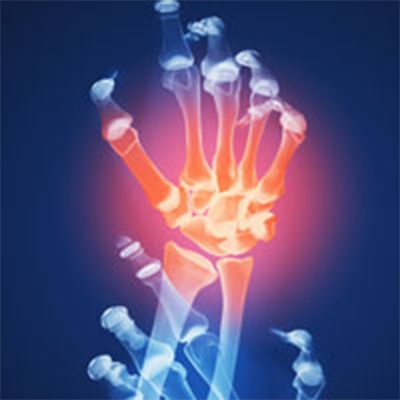Carpal Tunnel Syndrome (CTS) is caused by compression and subsequent irritation of the median nerve as it travels through the carpal tunnel and into the hand where it innervates the palm side of the second to fourth digits. As stated last month, the median nerve is sometimes referred to as, “…the eye of the hand” since we rely so heavily on activities of daily living (ADLs) that require its health and function. Some of these ADLs include buttoning a shirt, picking up small objects, tying a shoe or neck tie, writing, holding a book or coffee cup, gripping items such as a phone or steering wheel, opening jars, household chores, and carrying objects, especially with the finger tips.
When patients present with CTS signs and symptoms, one would think that the examination and treatment would be fairly straightforward and “routine.” The problem is, no two cases of CTS are identical because of all the possible mitigating factors, or the presence of OTHER issues that may be contributing or may be the REAL cause for CTS in that particular person. This may explain the reason surgical release of the transverse carpal ligament doesn’t always work!
The “Great Imposters” of CTS include both physical and chemical factors. Physical factors include (but are not limited to): 1) Cervical nerve root compression: Since the median nerve originates from the C6-T1 (and a little from C5) nerve roots exiting the spine, it only makes sense that a pinched nerve in the neck can mimic a pinched nerve at the wrist. The difference here is “usually” that the whole arm is involved, which is less likely in CTS only. Moving down from the neck, the next most common location for a mechanical pinch is at the 2) Thoracic outlet: Here, the nerve roots coming from C5 to T2, like merging lanes of a highway, come together to make the three main nerves that enter the arm and along with the blood vessels, this “neurovascular bundle” leaves the upper chest region and travels through the thoracic outlet to enter into the arm. The thoracic outlet can become narrowed if there is an extra rib, a shift in the collar bone or shoulder blade, from muscles that are too tight (especially the anterior scalene and/or pectoralis minor), or from anything that occupies space within the thoracic outlet. 3) Struther’s ligament: In a few of us (only about 2%), there is a ligament just above the elbow that can entrap the median (as well as the ulnar) nerve, creating a pinch and subsequent numbness below that point, mimicking CTS. 4) Pronator tunnel: The median nerve is more commonly entrapped by the pronator teres muscle just below the elbow, and treating this location can be highly rewarding when managing stubborn CTS cases. Less common is entrapment in the mid-forearm, though it’s possible by either the interosseous membrane that connects the ulna and radius or from fracture of the ulna and/or radius. The most distal point of median nerve compression is at the carpal tunnel. Entrapments can be singular or multiple and when more than one “tunnel” compresses the median nerve, the term double or multiple crush is utilized. Management MUST address ALL points of compression to obtain long-term satisfying results. Other “imposters” of CTS include a host of conditions including (but not limited to) thyroid disease, diabetes, arthritis, pregnancy, birth control pill use, obesity, and MANY others! Chiropractic makes the most sense when it comes to managing CTS from mechanical causes. If response is slow or not satisfying, we will order tests and/or consults to get to the bottom of what “imposters” may be contributing to your CTS symptoms!
We realize you have a choice in whom you consider for your health care provision and we sincerely appreciate your trust in choosing our service for those needs. If you, a friend, or family member requires care for Carpal Tunnel Syndrome, we would be honored to render our services.

